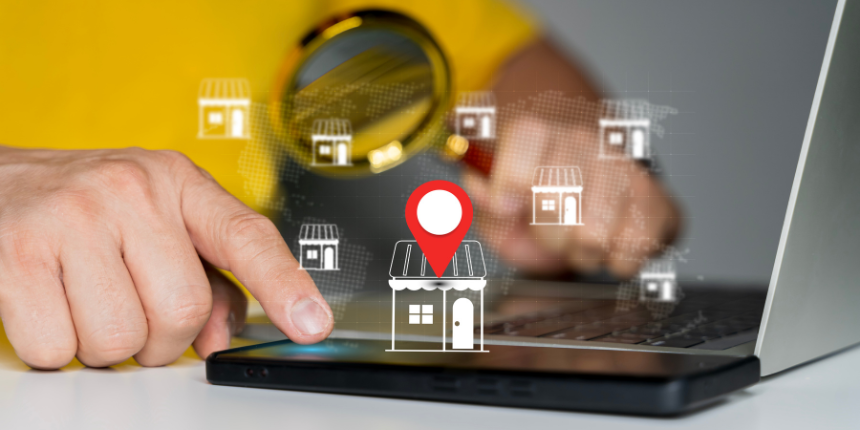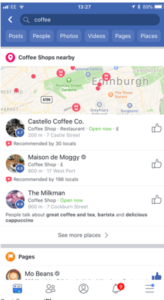
Maximize your local presence through strategic location management.
Marketing has always been about connecting brands to consumers. With the growth of digital, the channel mix (search, social, display) grew and brands began to talk about “omni-channel” and delivering “cross-channel experiences”.
But some brands neglected to include their stores as part of this omni-channel experience and some have paid the ultimate price. You only have to look at today’s high street, littered with brands who have gone or are teetering on the brink. What’s the common theme? They haven’t been able to offer their consumers a seamless online-to-offline (local) experience.
Local isn’t new; it’s always been a part of the marketing mix. What has changed is the technology and platforms which we can leverage to deliver that seamless online and offline (local) experience.
In today’s mobile-first world, where you are matters just as much as who you are. With around 70% of internet traffic now coming from a mobile device and Google rolling out a “mobile-first indexing” update to its algorithm earlier this year, brands now need to consider the location of their target audience just as much as they have to consider who that audience is.
Take the below example. I searched for “coffee” on the Facebook app from our office on George Street, Edinburgh. I am served with results based on my location. Try it for yourself.

Amazon has moved into physical bricks-and-mortar stores in a drive to integrate with their digital customer journey. It’s an indication of the type of role the “new” high street has to play. Consumers don’t think in an online and offline way – they expect interchangeable experiences with brands, and for their experiences to be personalised.
To get local means to get personal. Brands we work with often face the same issue: they have customer personas based on what they think they know about their customers rather than what they can prove using data.
Traditionally, when you think of market research, you might think about focus groups, interviews and third-party data – all of which have a role to play at some stage. Technology allows us to fast-forward this process using the data already collected in web analytics, CRM, and review platforms (in a GDPR-compliant way, of course) to build rich pictures of core customer segments.
Once you understand who your core customers are, the next challenge is to deliver consistent brand messaging and experiences that are relevant to these customers. To do this, it’s crucial to understand that consumers will look to different content, channels, and devices at each stage of their decision making journey.
At DAC, we create a framework to visualise the consumer journey. We then create local strategies that leverage data, content marketing, and channels grounded in this framework to deliver branded content and experiences designed to move consumers through to the next step of their journey.
Subscribe to our monthly newsletter.
When digital marketers think “local”, what comes to mind for many is simply making sure you’re buying local keywords in paid search or that your website is optimised for them. But there is a little more to it than that. Though not an exhaustive list, the following tactics are all critical aspects of an effective local digital marketing strategy:
Local is a critical element of today’s consumer experience. Taking an incremental approach allows brands to enter the local conversation with their audiences while ensuring a thoughtful approach to each possible interaction – an approach that fulfils the brand promise at every critical touchpoint, right down to the local level. That’s why we believe that where you are now matters as much as who you are.
Want to find out how local can impact your business? Contact DAC today to find out more!
[gravityform id=”8″ title=”false” description=”true”]
Maximize your local presence through strategic location management.
Maximize your local presence through strategic location management.
Subscribe to our monthly newsletter.